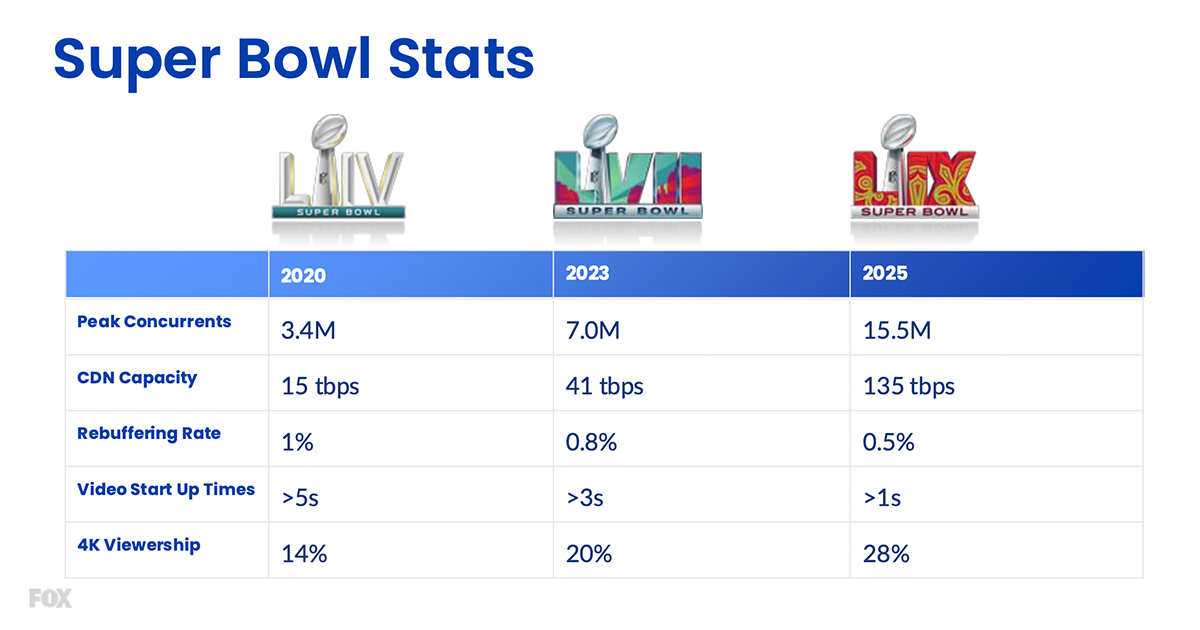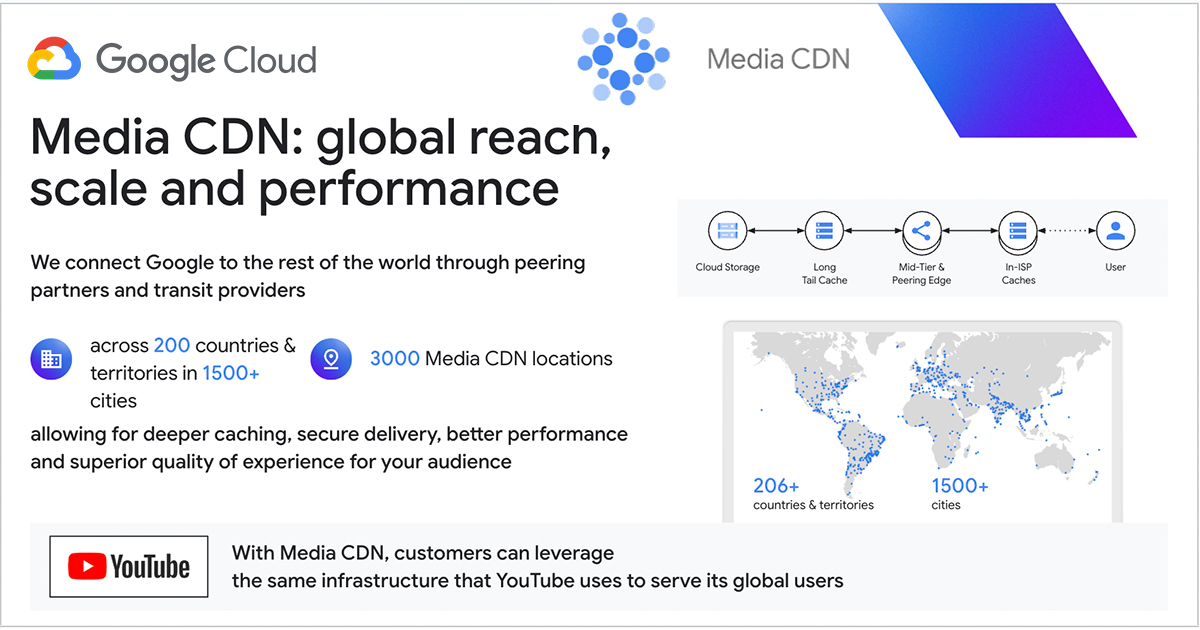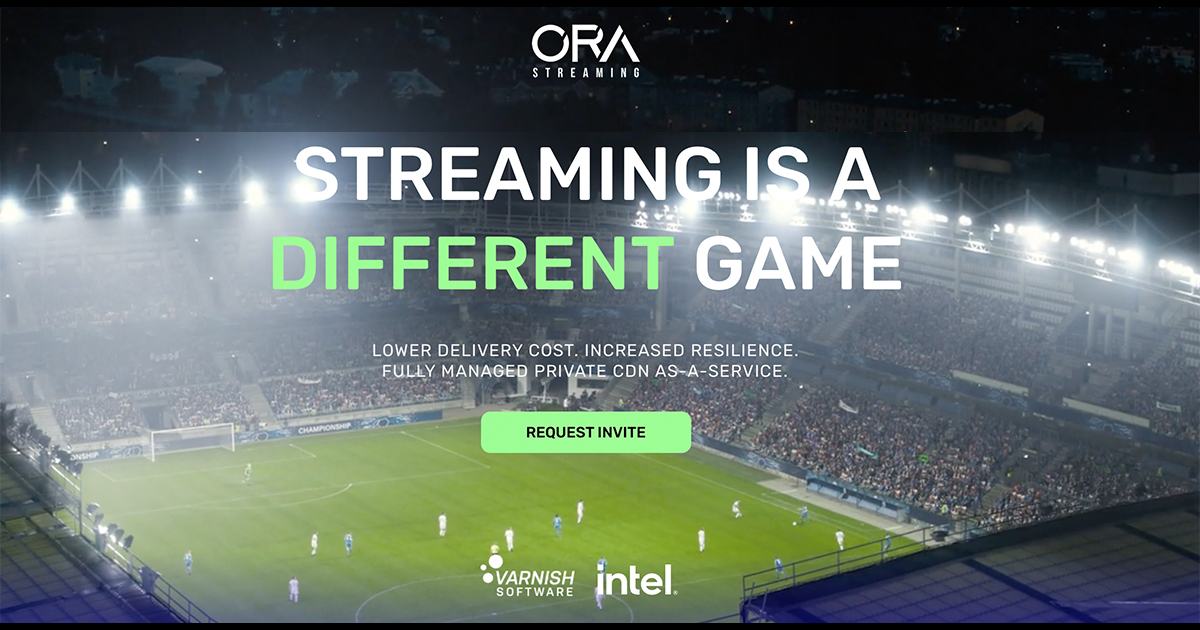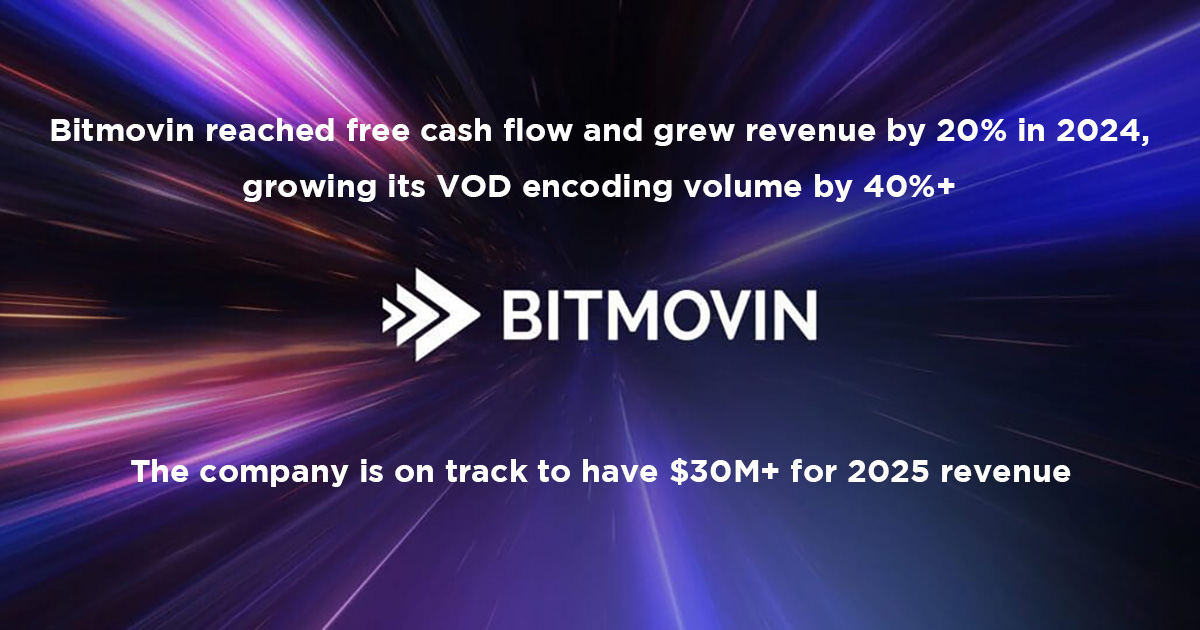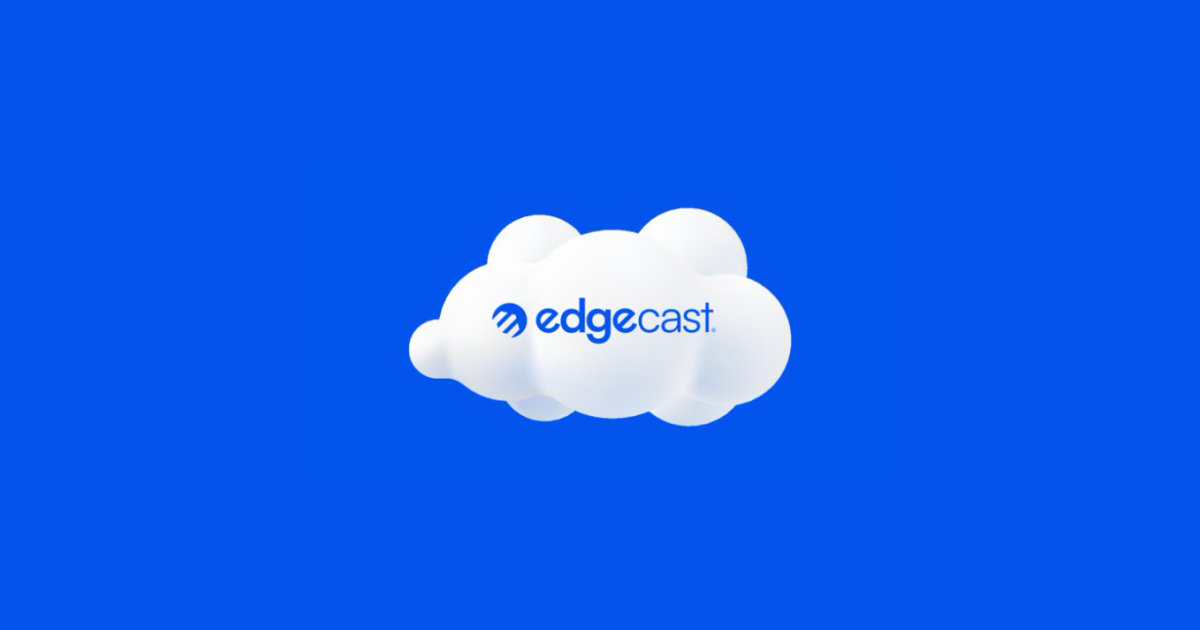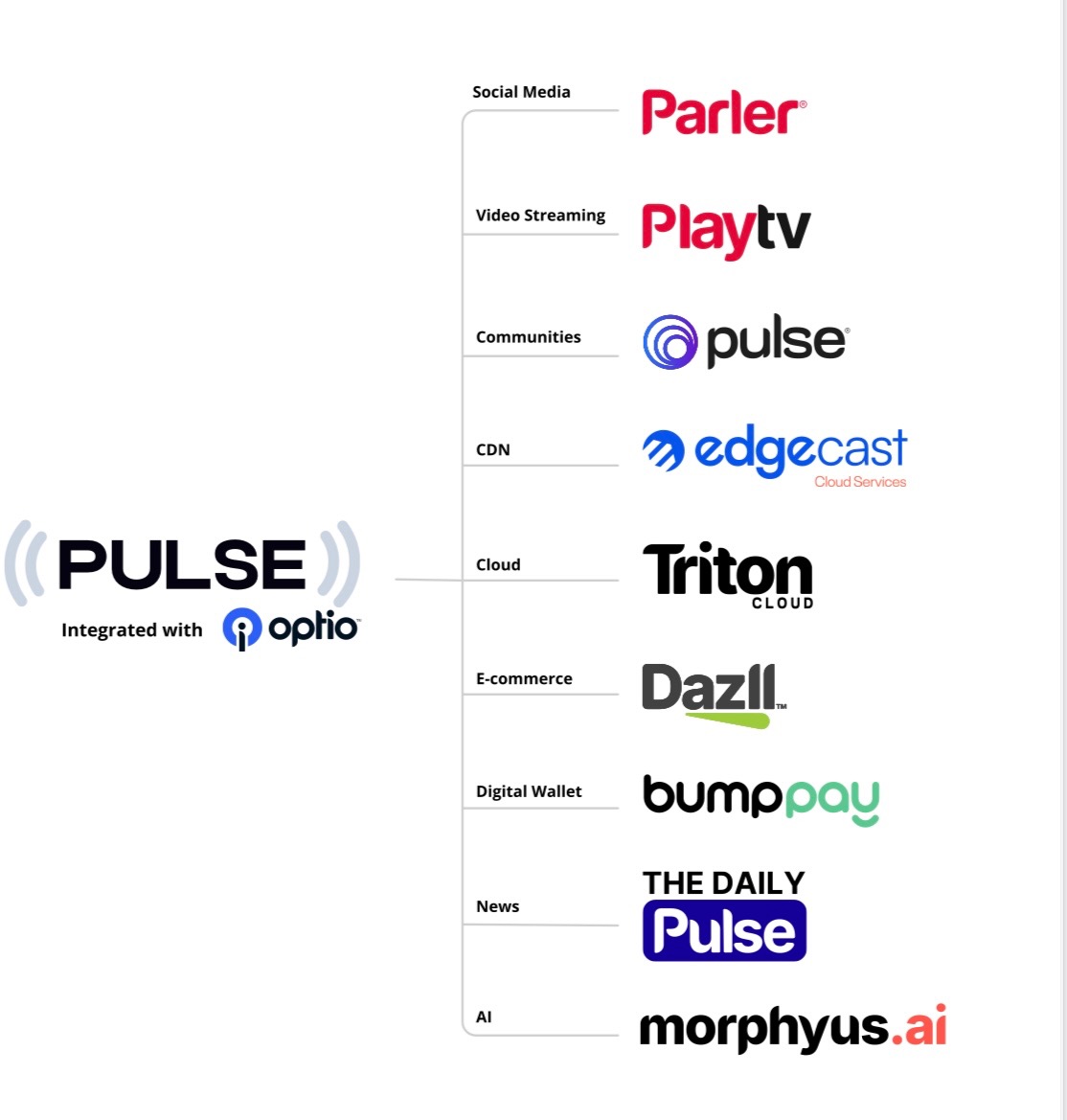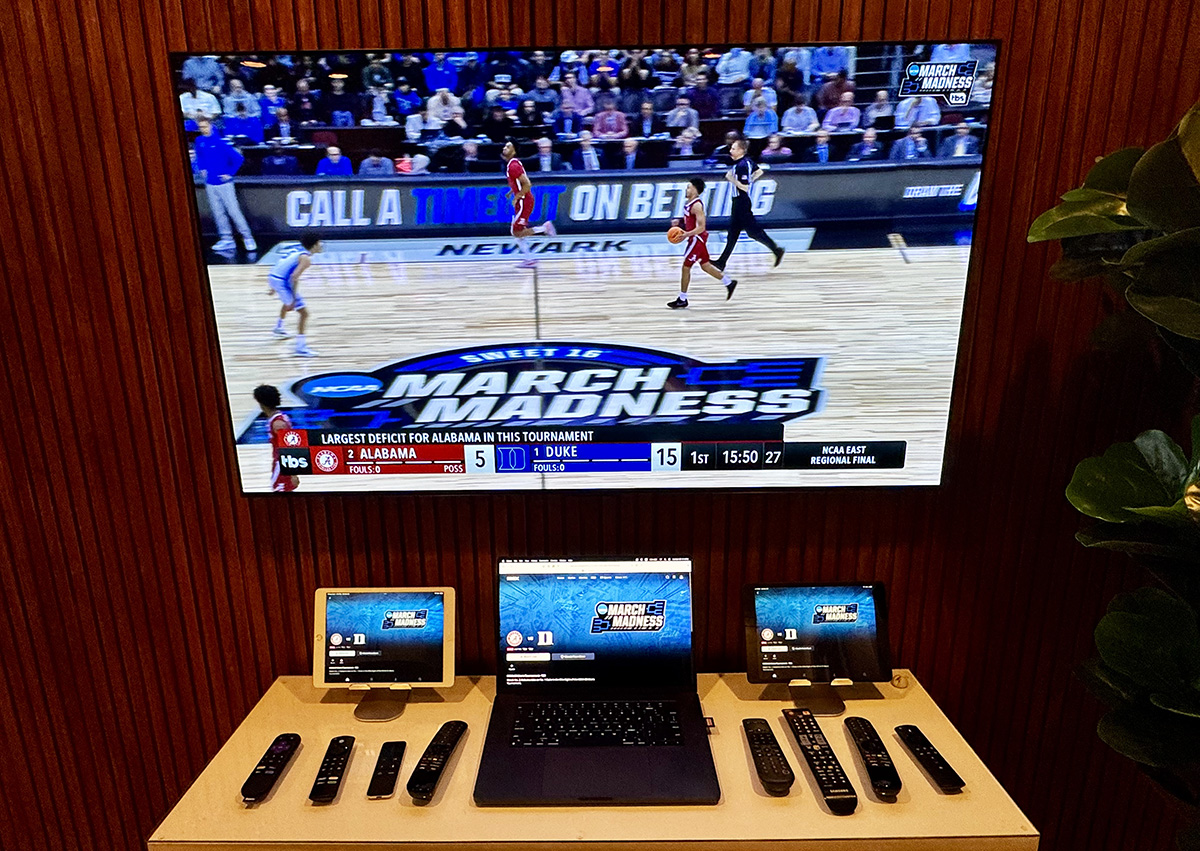
For the final NCAA March Madness game available on Max Saturday March 29th, I did a quick test of the stream across nine platforms and looked at the quality of the stream, encoding bitrates, key moments feature and CDNs used. It was an excellent experience with fast startup times, no rebuffering and a great picture quality across all the devices I tested.
For Max’s encoding bitrate ladder, the SDR stream maxed out at 10Mbps and the HDR stream at 8Mbps. They used HLS and DASH, sharing the same underlying CMAF media segments. Chunked encoding came in at 3.2 seconds, and the stream was delivered via Amazon CloudFront, Akamai, Fastly and Google Media CDN. Warner Bros. Discovery doesn’t break out streaming viewership after live events, so it’s unknown what the AMA or concurrent stream count was. I would not expect the stream to have broken into the top 20 largest streaming events of all time, meaning less than 10 million concurrent viewers. Live streams of March Madness were available to all Max subscribers in the US, with Max having pulled live streaming from its ad-supported tier on March 30th. B/R Sports and CNN content are available at no additional cost to subscribers in its standard and premium tiers.
Individual games offered Dolby Vision, Atmos and a key moments experience functionality where you could jump to the best plays on both live and replay. Max was the only service that offered March Madness with Dolby Vision. Video startup times were all under 2 seconds, with some under 1 second, depending on the platform, with Roku always being the slowest for every streaming service I’ve ever tested. I did not do any streaming latency testing when compared to OTA, as CBS is the only network offering OTA, and Max doesn’t carry CBS games.
Max offered a multiview experience for March Madness, which they first introduced doing its NASCAR Driver CAM coverage. It was without the leaderboard and enhanced with the ability to enter and exit the full-screen view of individual views from within the multiview. Users could double-click on any of the displayed feeds, allowing the selected game to expand into full-screen mode, effectively switching to that game’s direct feed. The multiview option was accessible across all platforms, while the capability to expand a multiview feed to full screen being available on desktops and all CTV devices. I didn’t get a chance to test multiview since there was only one game left on Max, but I did previously write a little about Max’s NASCAR multiview functionality last month.
In calendar Q4 2024, Max gained 6.4 million subscribers, bringing its total to nearly 117 million. CEO David Zaslav said Max is on track to have “at least 150 million subscribers by the end of 2026.” For full year 2024, WBD’s DTC business turned a profit of $677 million, compared to a 2023 profit of $103 million.
I tested the stream via Max’s apps on LG, Samsung, Vizio and TCL/Roku TVs and streaming devices, including Apple TV, Roku Stick, Fire TV Stick, MacBook (browser), iPad and iPhone. I tested via two ISPs, Verizon and Optimum, at half-gig speed. All devices were connected via ethernet, except iPads and iPhones, which were connected via Wi-Fi. Devices used included Roku Streaming Stick 4k (3820), Apple TV 4K (A2843), Amazon Fire TV Stick 4K (M3N6RA), Amazon Fire TV Stick 4K Max (K3R6AT ), LG OLEDs (55C9AUA), Samsung TV (QN65S90CAFXZA), Vizio TV (V4K55M-0801) and Roku TCL TV (50R4A4).
